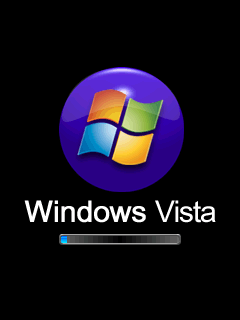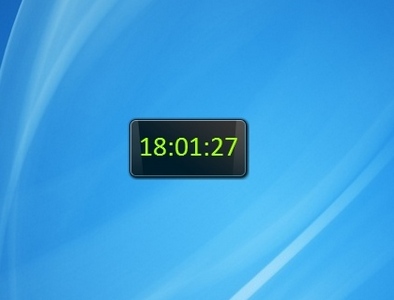
- #Fontagent pro windows 7 how to
- #Fontagent pro windows 7 password
- #Fontagent pro windows 7 download
- #Fontagent pro windows 7 mac
This font name has nothing to so with the font in question’s file name. So even if you have two very different versions of a font, but they have the same name, the operating system cannot discern between them. Your operating system and your applications recognize fonts by name and name alone. If you have seen an alert like the one below you know what I am talking about.

Font conflicts come about when you activate a font with the same name as a font that is currently activated.
#Fontagent pro windows 7 how to
One of the most problematic issues associated with font management is how to manage font conflicts.

It is a powerful tool, and like all powerful tools, it gives you the capability of really messing things up, so always back up your font files before getting too deep in editing them. Hopefully, this article lowered a barrier of entry for those looking to work with TTX. There are a lot of things you can do with TTX, including the post mentioned earlier on how to rename fonts with TTX here. To find out the options you can use with TTX, just type in “ttx” (still no quotes) in Terminal and it will list them all. Once installed, your are ready to run TTX. If all is well, the Terminal will spit back a bunch of information describing what the script is doing, mainly that it is moving files to the locations needed to run TTX.
#Fontagent pro windows 7 password
The item “install” is an option telling the setup script what to do.Īfter you have the command inserted at the prompt, hit return, then enter your password and hit return again. Because you are running the command as the superuser, you will be required to enter an administrator password.
#Fontagent pro windows 7 mac
The command “sudo” (pronounced soo-doo) means you are running the command as the superuser, which is a special user account used to administer your Mac (or any Unix/Linux system). What this command does is run the installer in the fonttools folder (setup.py). Now in Terminal, type the line below (or copy and paste) If you would like to see a list of the contents of the folder in Terminal, just type “ls” (once again, no quotes) at the prompt, or just open the folder in Finder. What you entered should look something like the line below: Terminal will automatically add the path to the folder, which saves us from possible typing errors. Then at the prompt type “cd” (no quotes) and a space, then drag the fonttools folder onto the Terminal window. Next, launch Terminal, which can be found in the Utilities folder in your Applications folder. Once downloaded, decompress the file and move the folder to the root level of your hard drive. A link to the files needed can be found here.
#Fontagent pro windows 7 download
Make sure you download the correct version for your OS, as the development tools for Snow Leopard cannot be installed on Leopard. TTX is the least invasive option for those seeking to make simple (and sometimes very complex) changes in your font files.įirst you will need to have Xcode installed, and a download link to the version you require can be found here. In short, changes made in those applications may include something you not readily apparent in the processed font.

You could use tools like FontLab Studio or Fontographer to make changes to your fonts, but it is not always transparent what is happening to your fonts during this process. TTX is a tool to convert OpenType and TrueType fonts to and from XML. Secondly, when you process your fonts using TTX, there is no behind the scenes mystery to what is happening with the fonts. But once the steps are explained, and carefully followed, you will get access to a powerful tool for editing fonts. The biggest hurdle for most people, is that TTX is a command line tool, which adds one layer of difficulty, but the method of installation, which is very obvious to those acquainted with Python, is not readily apparent to the technologically challenged.

This can be helpful because your operating system and your applications recognize fonts by name and name alone, and on occasion you may need to activate a font which conflicts with an installed system font. In an earlier post, we showed you how to use TTX, an open source font editor, to rename a font in order to avoid font conflicts.


 0 kommentar(er)
0 kommentar(er)
